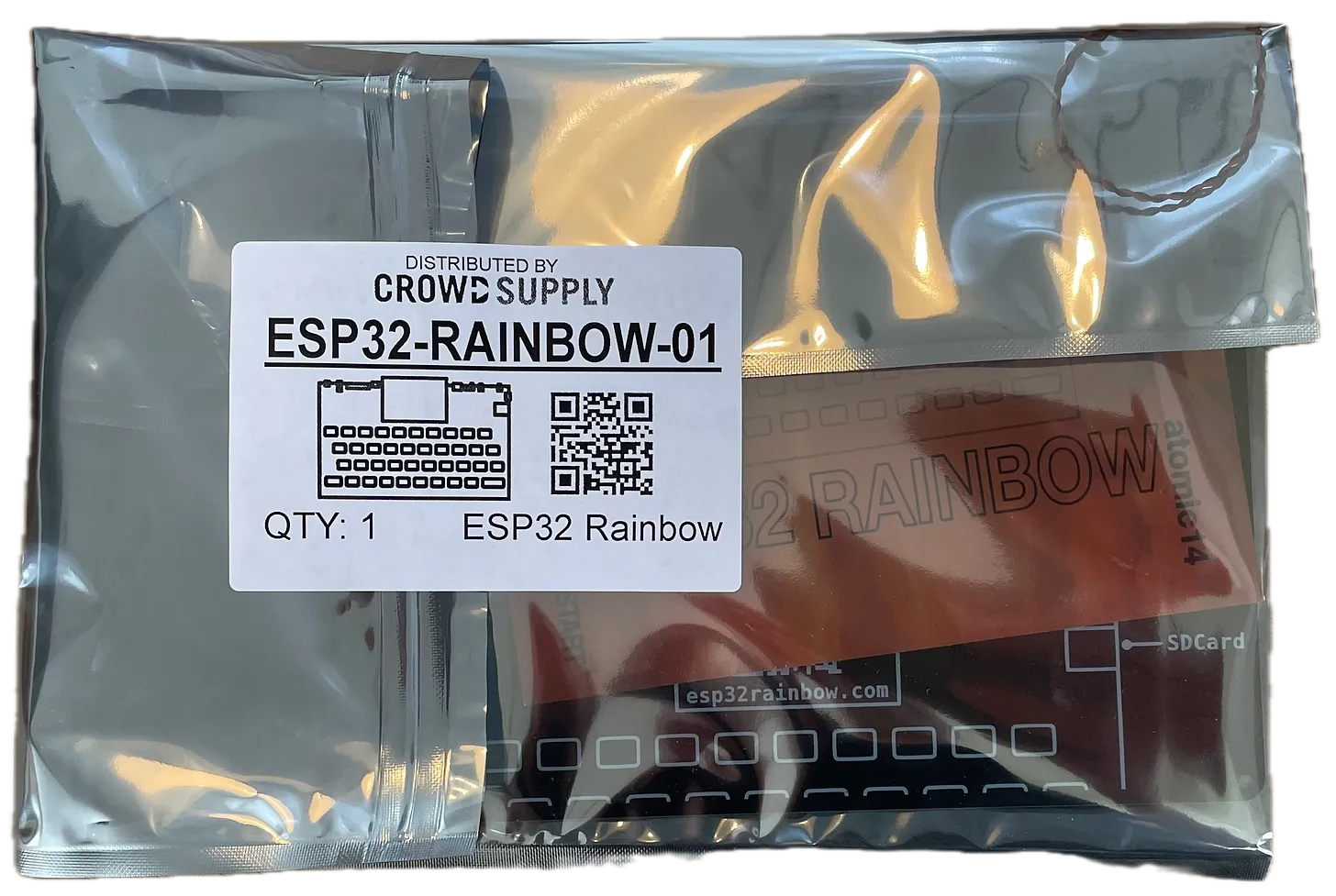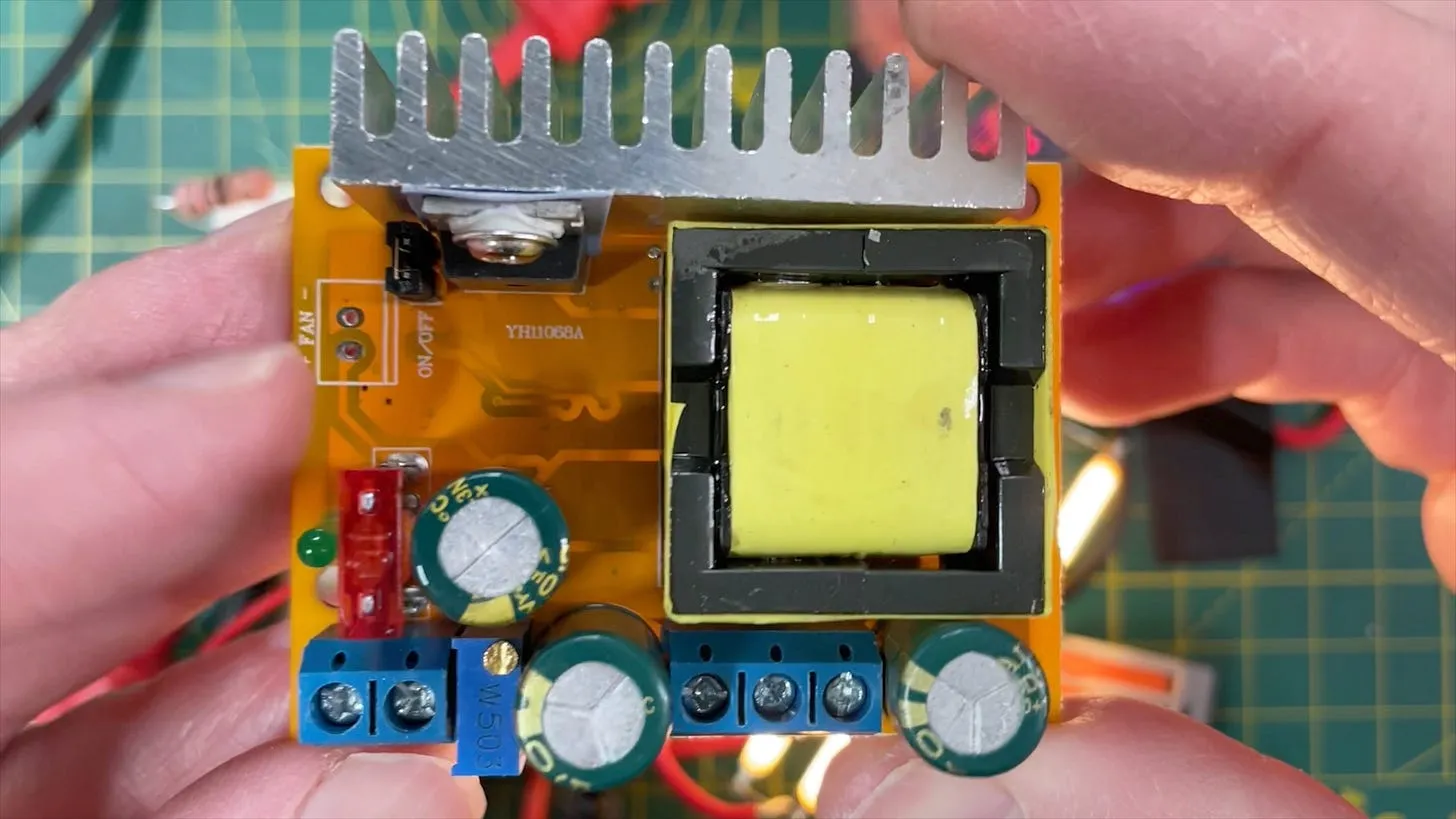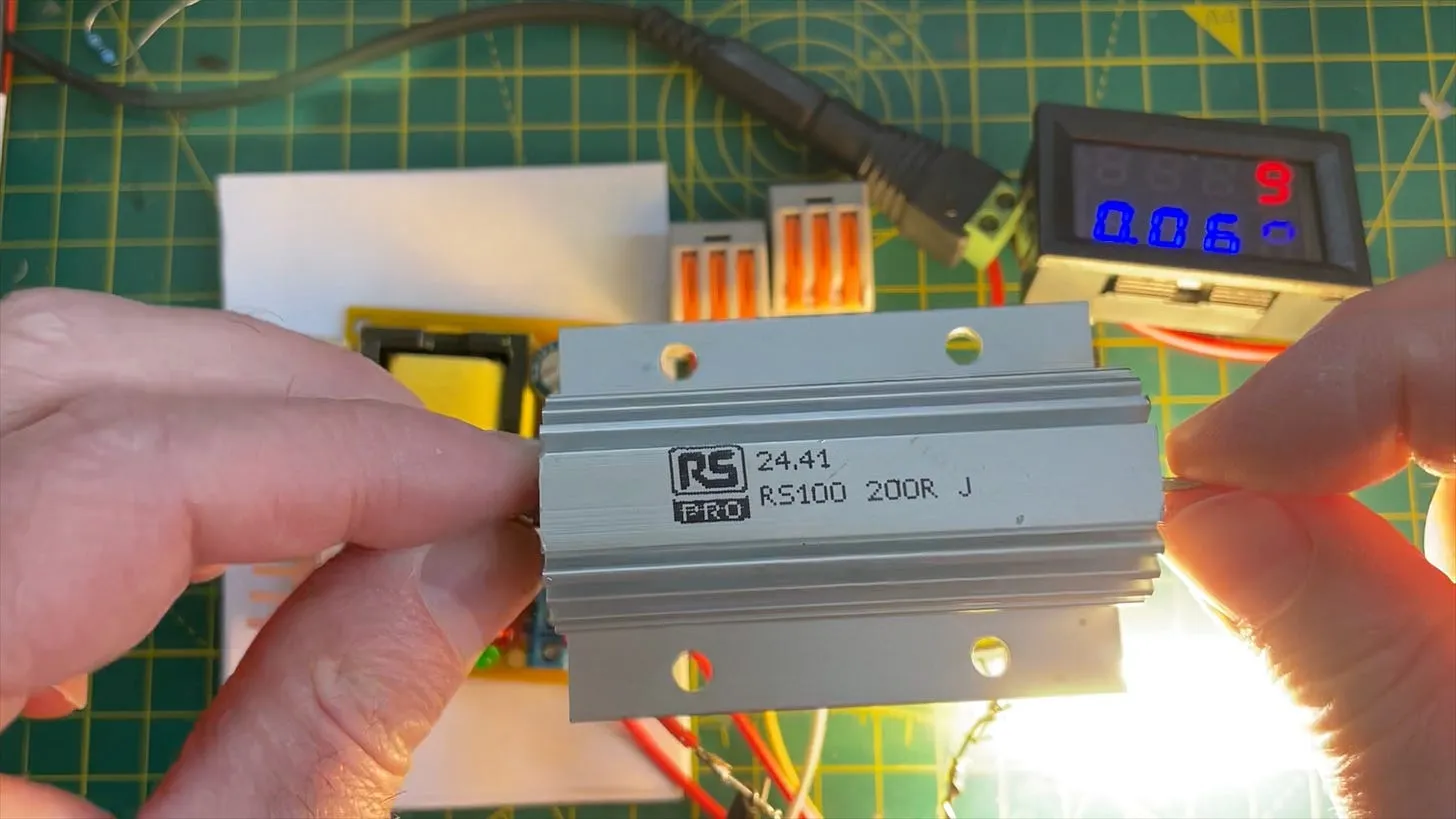Well, we haven’t blown ourselves up yet! Apologies for the long gap between videos, it’s been hectic here with holidays and getting the ESP32 Rainbows all packed and sent off to mouser.

They are now hopefully somewhere over the atlantic heading to the mouser distribution center in the US.
Tell us about the video…
I’m still playing around with high voltages. In the previous video we were looking at this board:

It seemed to be having some issues so I thought further investigation was required. Looking at the oscilloscope when driving my LEDs I found a pretty horrendous waveform.

There are spikes of around 25 volts - which explains the terrible flicker on the LED filaments.
I wanted to give it a proper go though and got to thinking that maybe it didn’t like the low current, or driving a load like the LEDs - so I got myself some beefy resistors to try it out with.

I tried it out with two of these in series to give us a load of 400 ohms. Unfortunately with this I still got a pretty bad ripple on the output. So I’m not convinced these particular high voltage boards are the right ones for me.
Fortunately, I found some other boards - they are designed for driving nixie tubes - but they also seem to work pretty well with driving LEDs.

Not bad - over 100 volts at 60mA with pretty much no ripple at all!
It is quite fun to play with the original boards though - you can get some pretty bonkers voltages out of them.

Yep - that’s 787 volts!
And you can get some great sparks from high voltage capacitors :)
